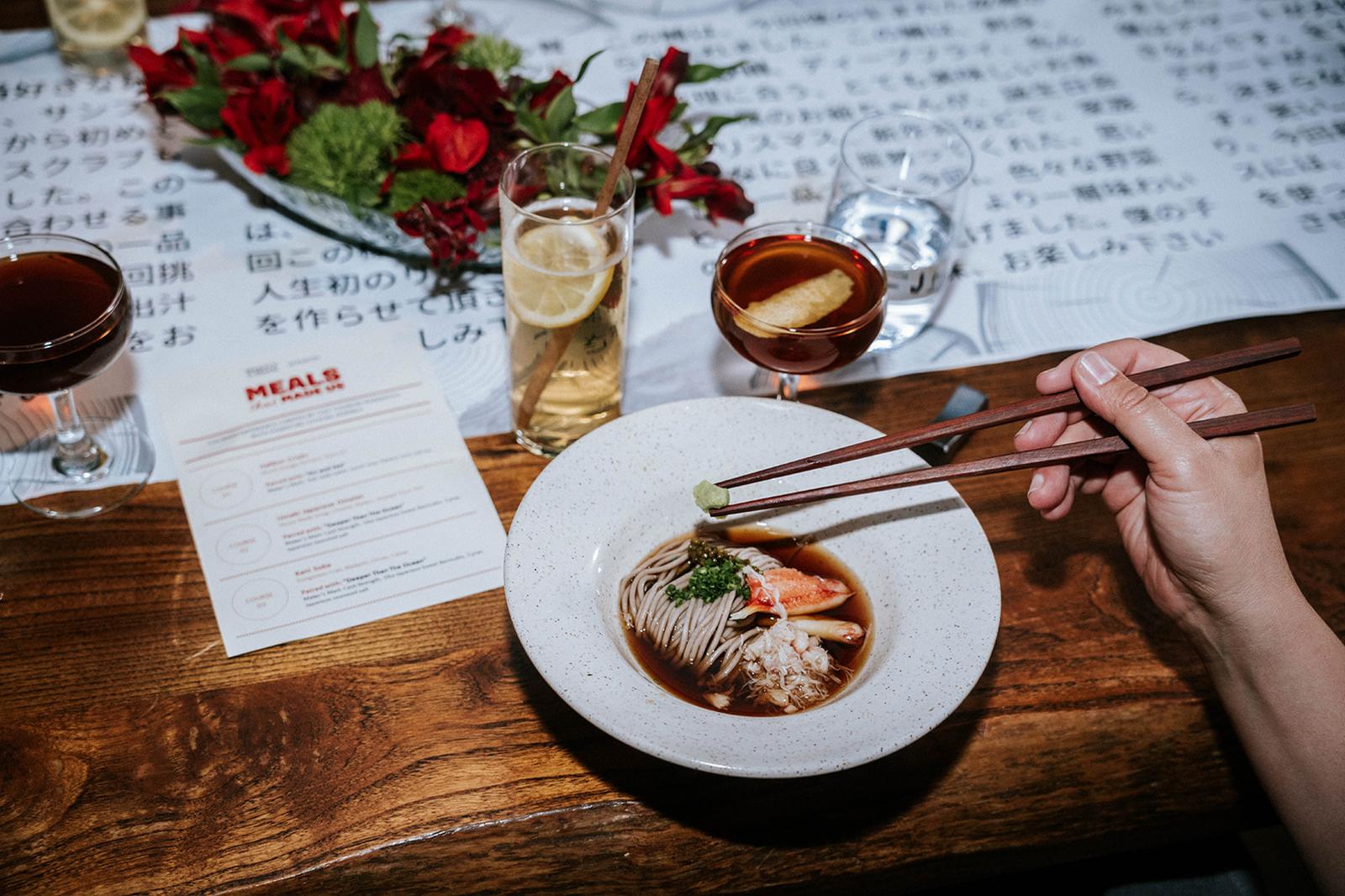In an increasingly digital world, it’s crucial for potential event clients to view and learn about your restaurant or venue before they set foot inside. One of the most effective ways to market on your website, social media, or through online marketplaces like EventUp by Tripleseat is with professional photography.
But while the task can be daunting for those of us not adept at this art form, the numbers show it matters. Data from EventUp found that venue listings with three or more photos are viewed three times more than those with just one photo. Plus, the average number of leads submitted for listings with three or more photos was nearly 33% higher than for listings with only one.
With that in mind, we tapped a few pro photographers — Andrew Thomas Lee, Heidi Geldhauser-Harris, and Chris Watkins — to glean their best advice for showing off your spot. Read on to find out how to get photos that are impressive enough for prospects to want to visit your space in person — or book online on the spot!
Give an accurate feel for the room.
When photographing a restaurant or venue interior, Chris says, “The first thing I do is a walkthrough to get an idea of the best angles of the room. You don’t want a lot of miscellaneous items blocking the point of view in the image.” Once he finds a few good vantage points, he tries to pare it down to a number of signature shots that’ll “tell the story” of the space.
“I try and give the best representation of the room, as well as an accurate depiction of how big the room is and what design elements are visible in each angle,” says Andrew. He adds that the more options you shoot, the better. Also, “I try not to use too many wide-angle lenses, and keep my lines straight so there’s no distortion or making the space look different than it does in real life.”

Use a tripod and long exposures.
If the space is dark, Andrew says holding the camera’s shutter open for a long time can bring a lot of light into a photograph. (Doing this on a tripod will eliminate blurriness.) “I also like to shoot at a very deep aperture — f/8 and above — so that the whole room is in focus and sharp,” he adds. His tip: Try to keep it at 24mm or 35mm focal lengths (though some spaces may be too small for this).
Some photographers also have their own lighting and reflectors they can bring to brighten things up. You can add some lamps of your own to brighten things up if you’re not comfortable shooting in long exposures.
Take advantage of camera features — without going overboard.
Most professional cameras and even smartphones allow you to turn on a grid in the camera. This is so you can easily line up horizontal and vertical lines in the venue. “This will save you so much time in post-production,” Andrew adds, “and I really wish someone would’ve told me that a long time ago!” If you have patrons or other objects in your photo, try to go by the rule of thirds, which will help give you well-balanced and interesting shots.
But, as with many things in life: Just because you can doesn’t mean you should. Andrew says one of his pet peeves is when he sees interior photographs that are so wide-angle they look like fishbowls. His philosophy: Just say no. Fisheye lenses can distort spaces and make it hard for prospects to see the accurate details of your venue.
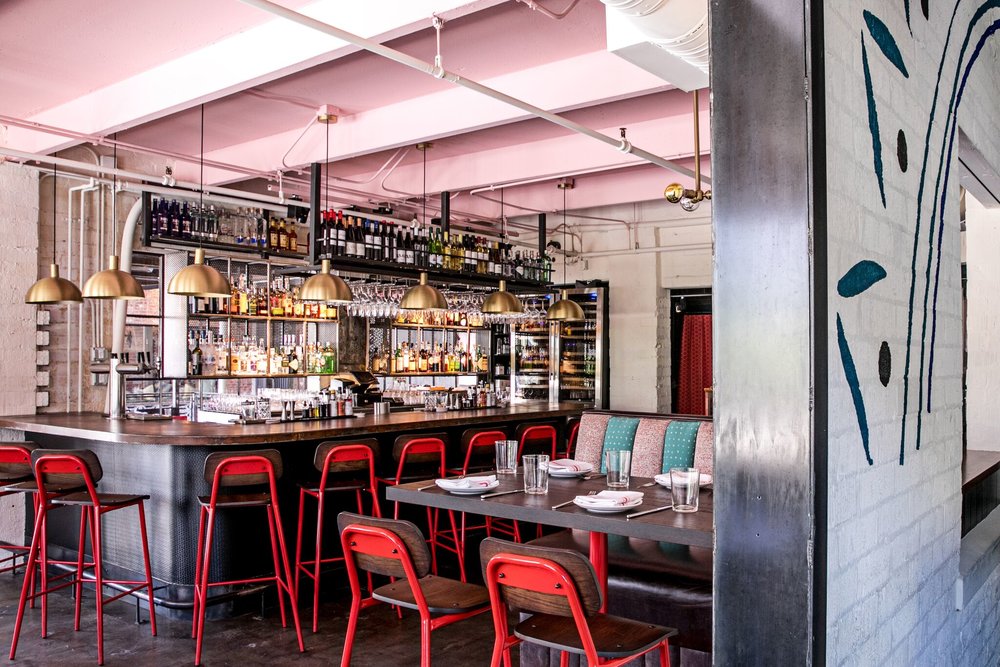
Consider shots with and without patrons.
Heidi says she often defers to restaurant preference when it comes to whether or not to have people in a shot. “Generally, my clients want shoots without people so you can focus on the interior.” Chris concurs, adding that he likes “to shoot spaces empty, but a lot of times you can shoot around people or with motion blur [so you can’t see their face].” This is useful if you want the photos to show off a lively vibe with a bustling dining room or bar area.
Andrew advises mixing it up when it comes to shooting the space with and without patrons in it. He tries to get a mix of the different types of events a venue is able to host, if possible, so prospects can easily picture their event in your space. This helps potential clients visualize how the venue will look with guests but also allows them to see what all the empty space offers. Plus, “it is also easier to get more angles when there’s no one there,” he adds.
Know how to ask for what you want.
You’ve probably heard the phrase, “You get what you pay for.” There’s just no way around it: The best way to ensure you get top-notch photos is to hire a professional photographer. Once you’ve secured the right person, you need to be able to clearly explain what you want from the session so that it’s successful for both you and the photog.
“What I usually say to a restaurant GM or owner is: best-case scenario, what are we hoping to accomplish with these photos?” says Heidi. “Is it website and social? Do we need to stick with vertical or horizontal shots?” She also asks about the current formats they’re using on their social media, website, and anywhere else to make sure her images will fit that format.

Have the space photo-ready
When you’re working with a professional photographer, you’ve likely booked them for a certain timeframe, often around two hours or so. You don’t want to waste this finite window of time (and your money!) by making them wait around while you spruce up the joint. Try to have place settings on tables, trash, or supplies out of sight, clean floors, and no employees standing around on their phones in the background.
But, in that same vein, don’t go overboard with the styling and end up with an inaccurate representation. Heidi cautions that “you want to avoid adding in too much or making [your place] look different than it is authentically. You don’t want to overthink too much because people are pretty literal.” If you want to use white napkins, but the restaurant uses black napkins, for example, she says it’s best to go with black.
When a company uses high-quality photography, it shows they take pride in its business and invest in highlighting what they have to offer. Having great photos that showcase what guests can expect from a soiree at your space can be what sets you apart from competitors and lands you more business.




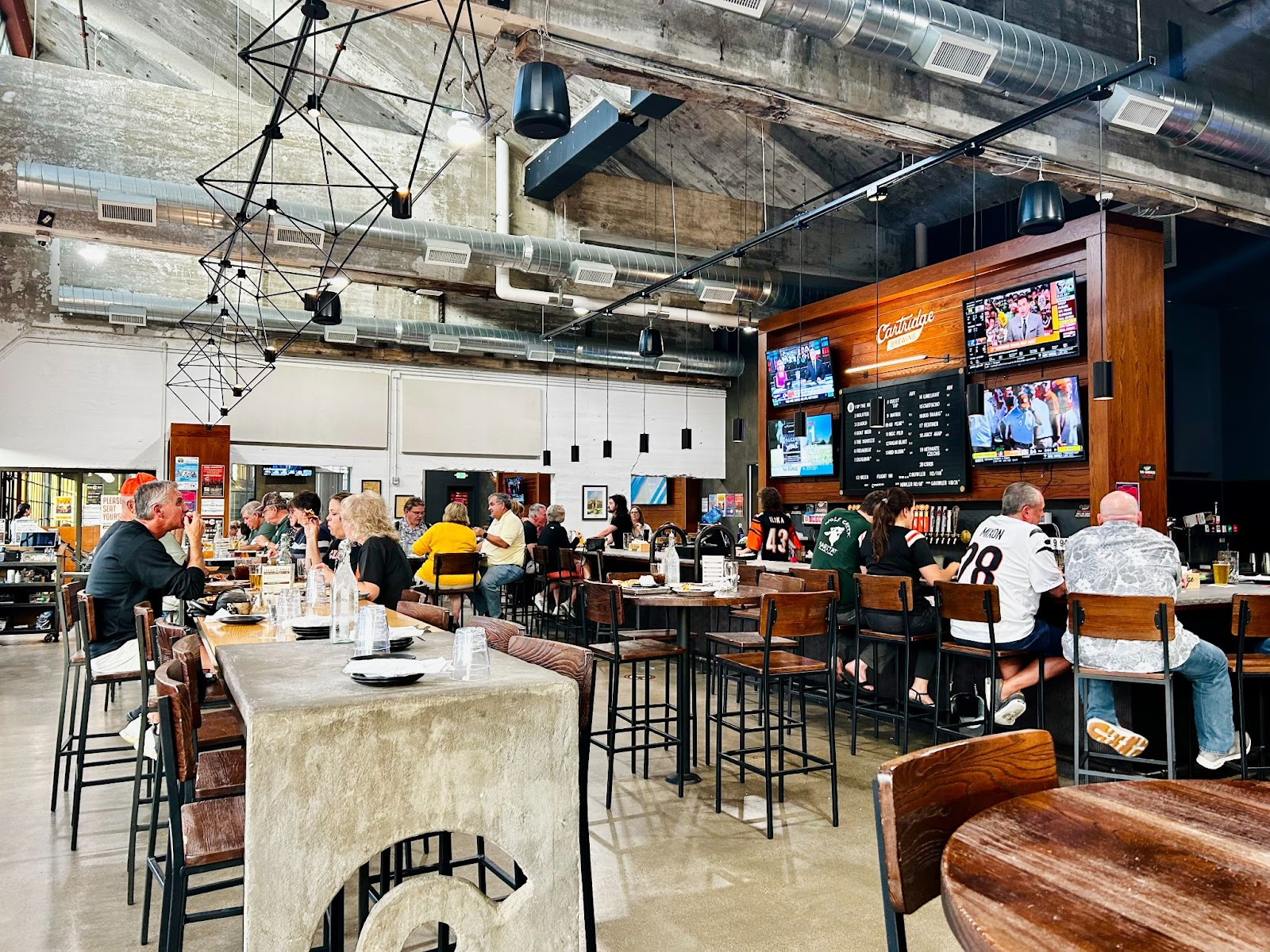




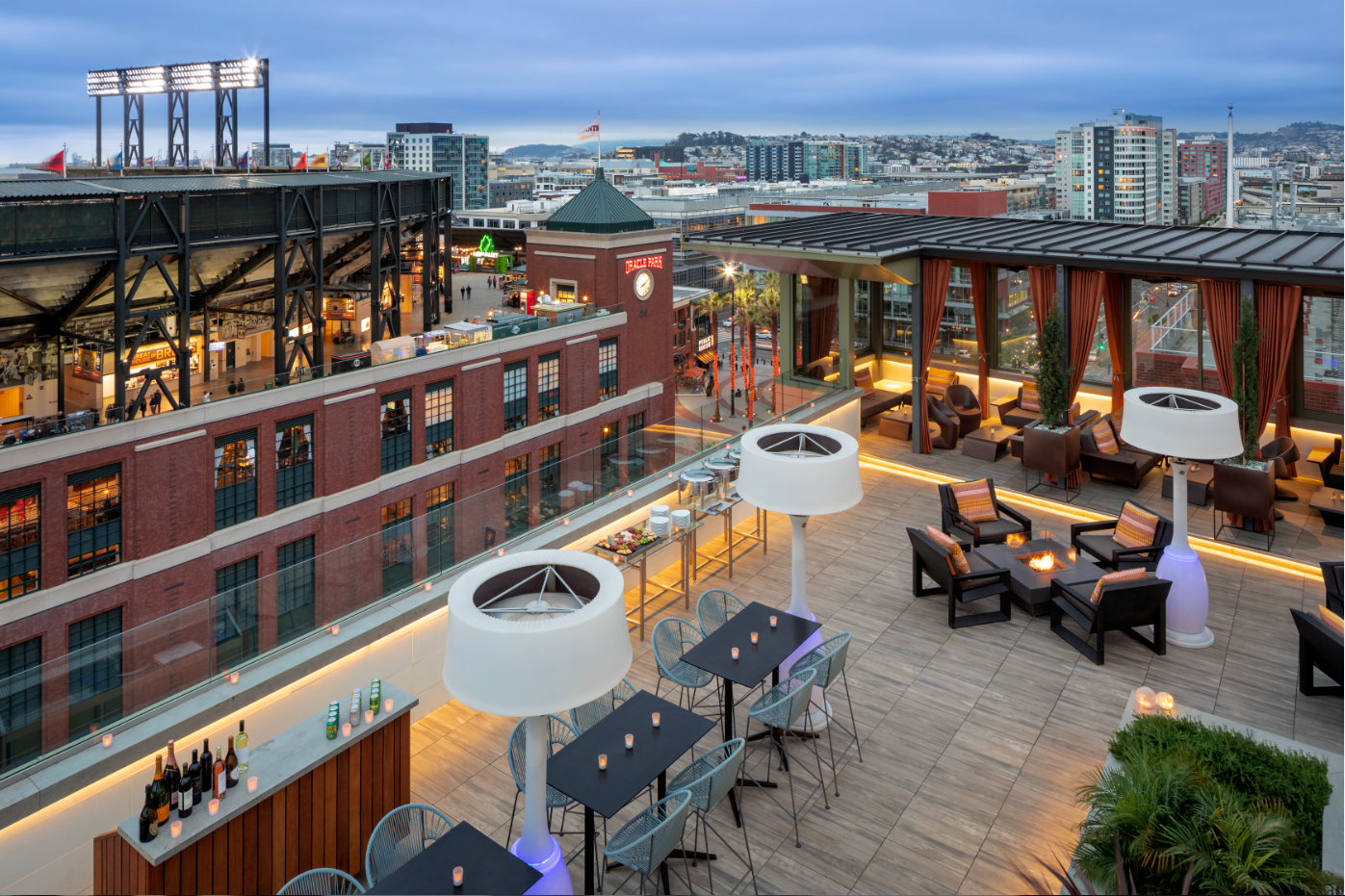
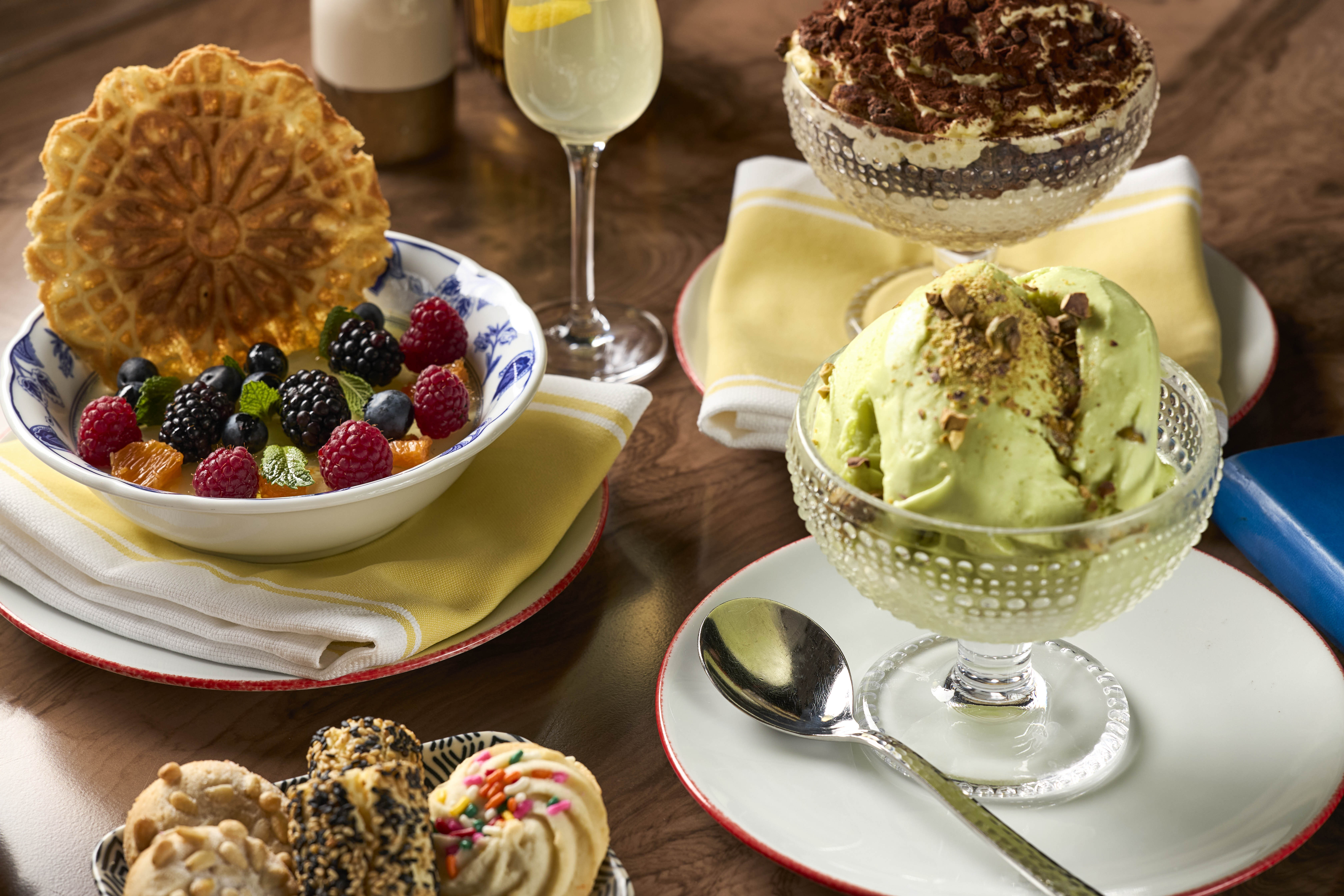
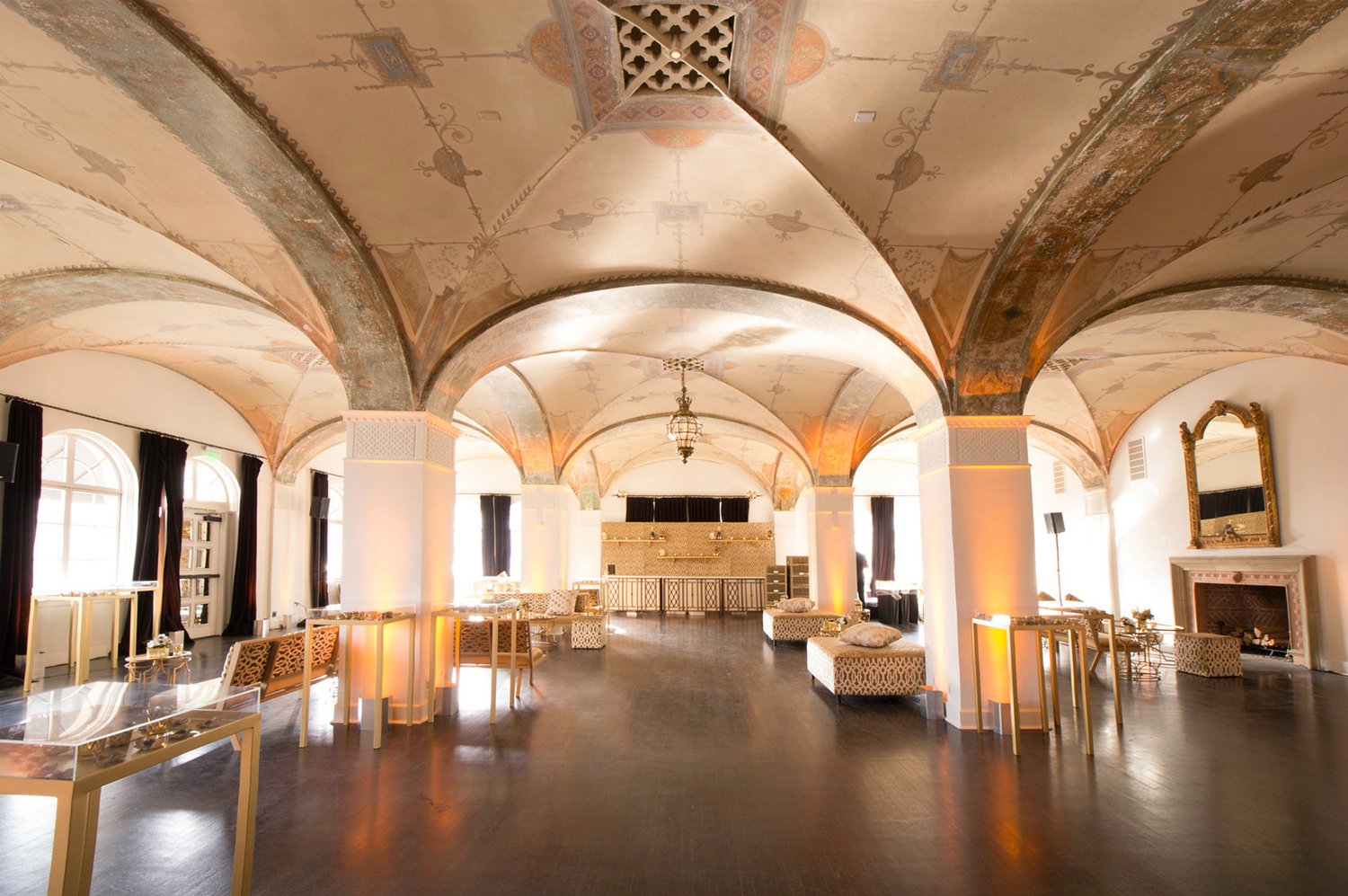



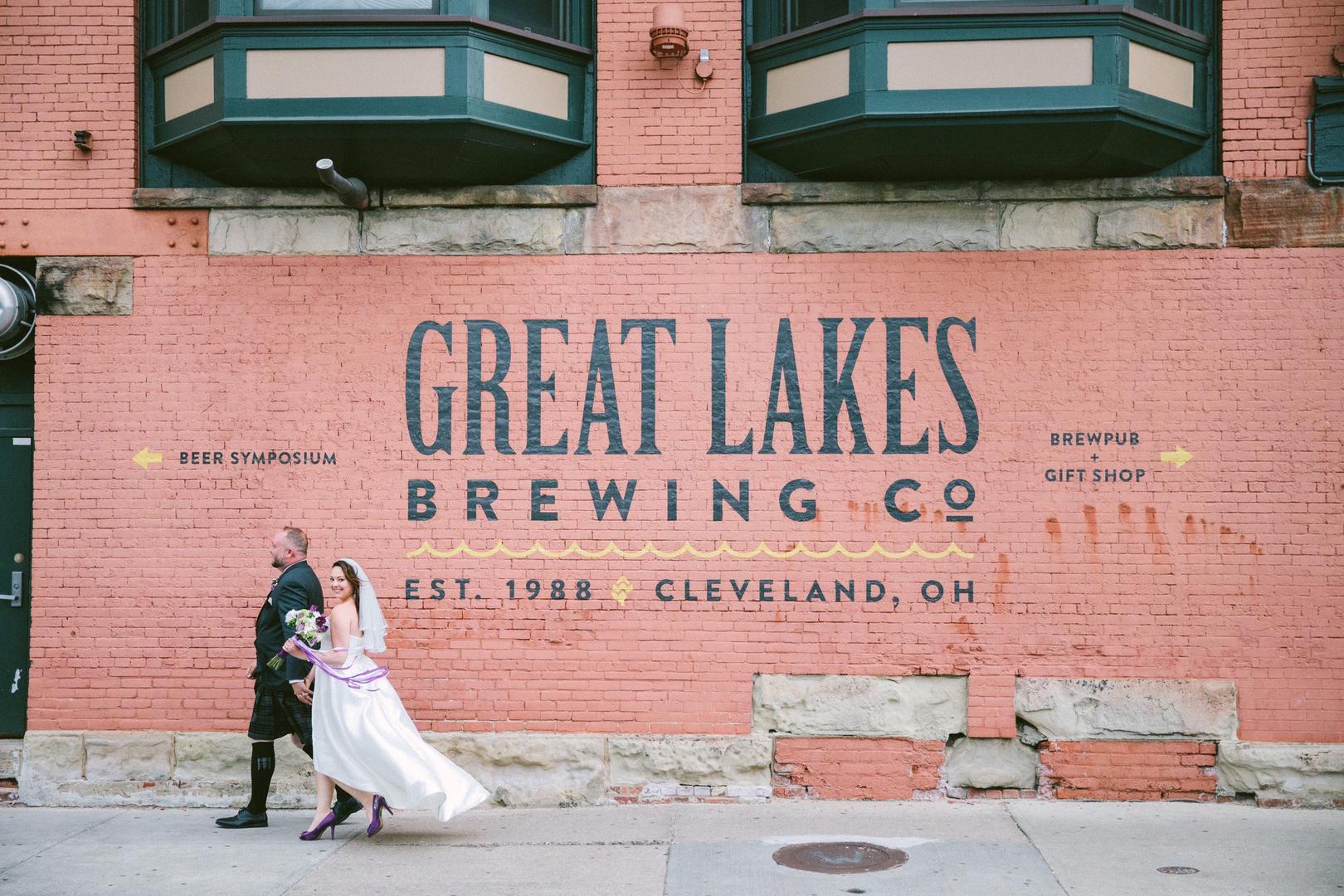
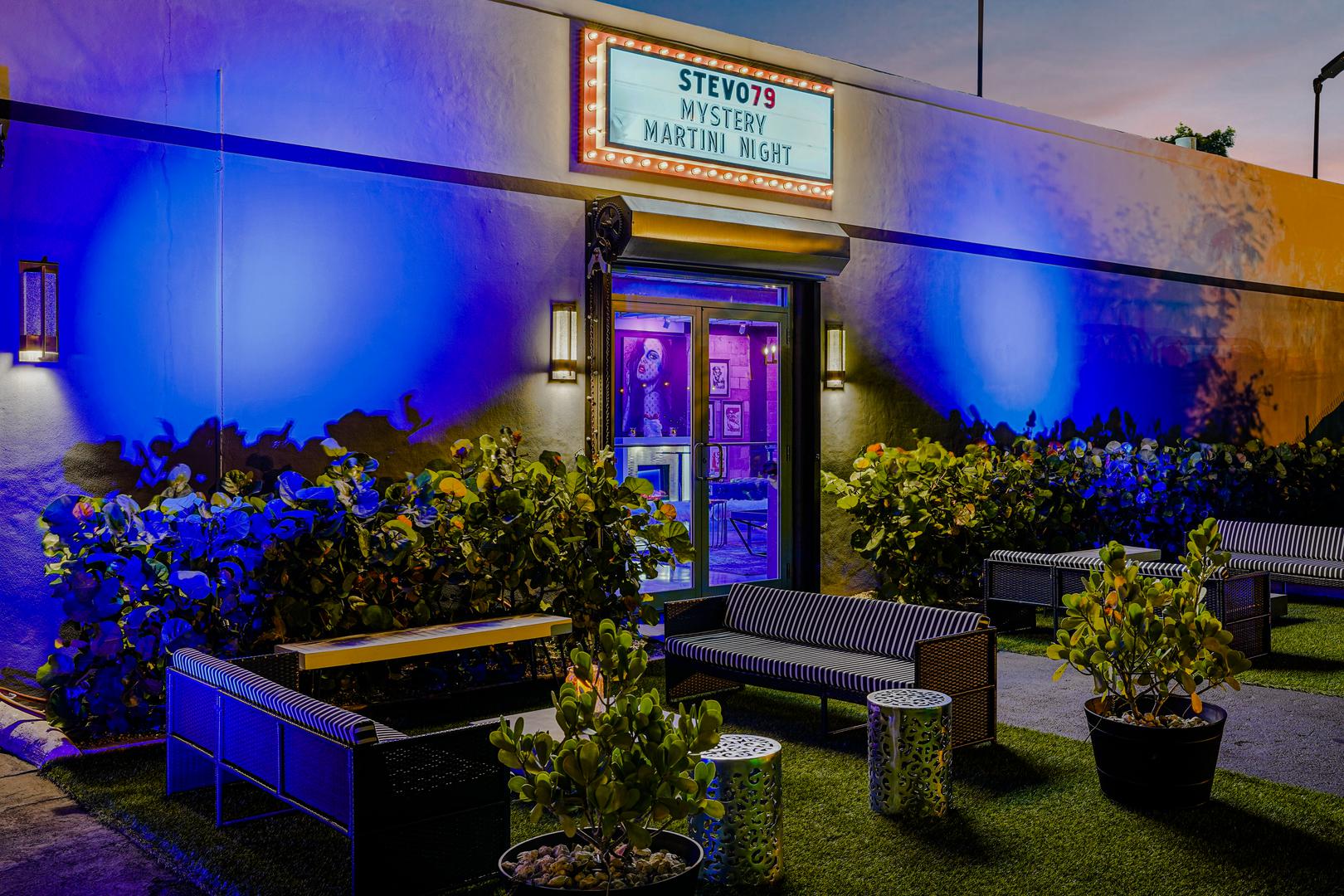
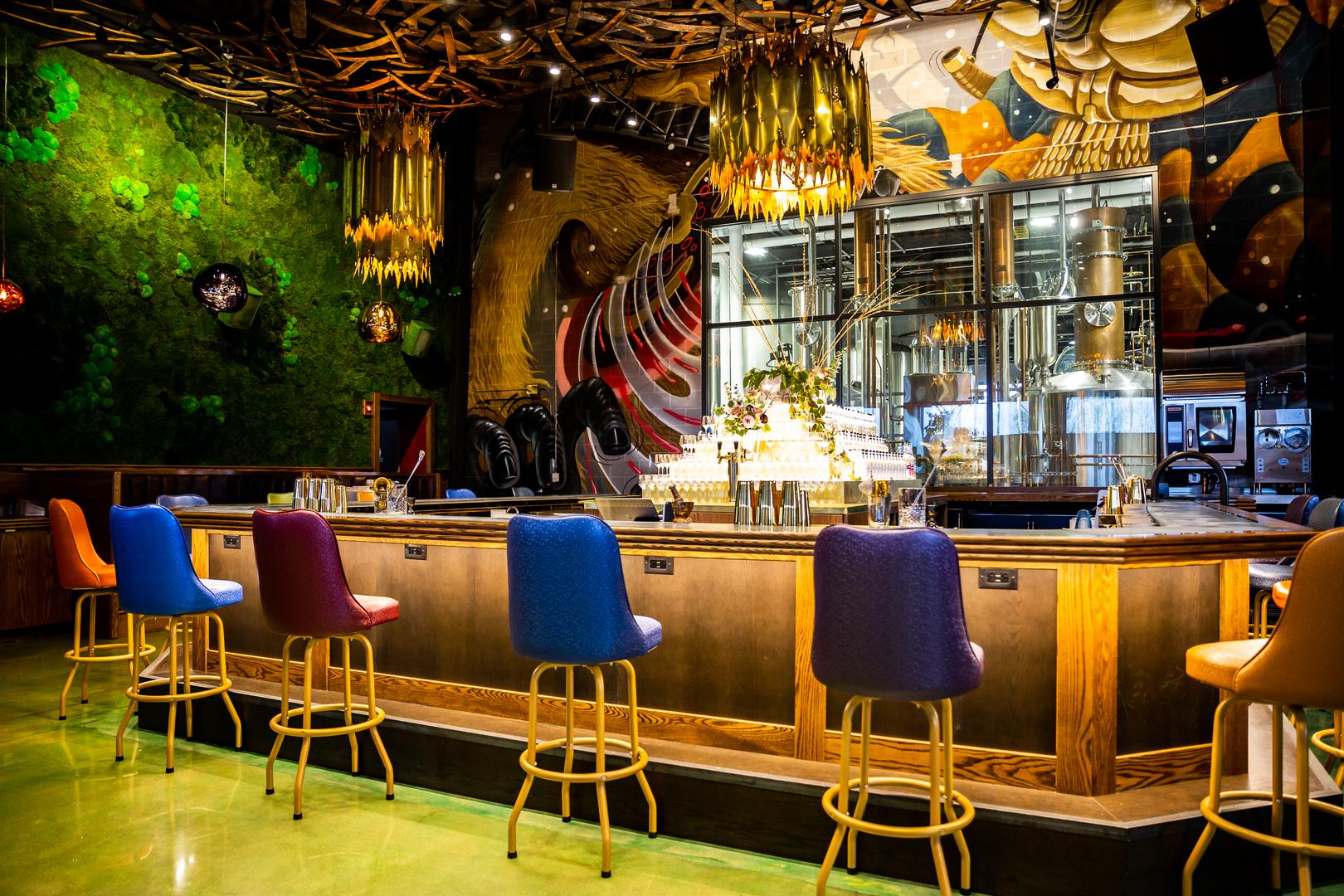
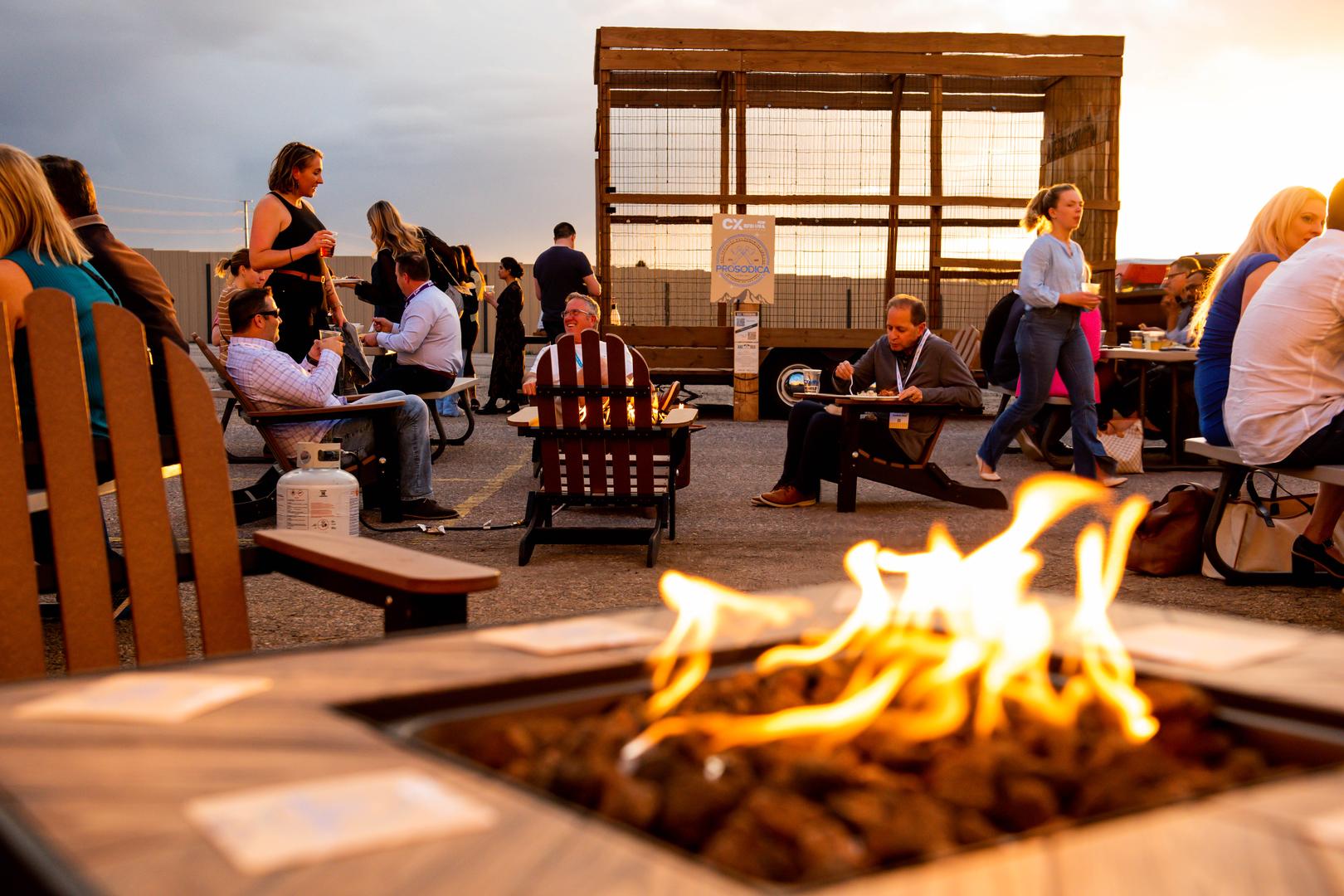
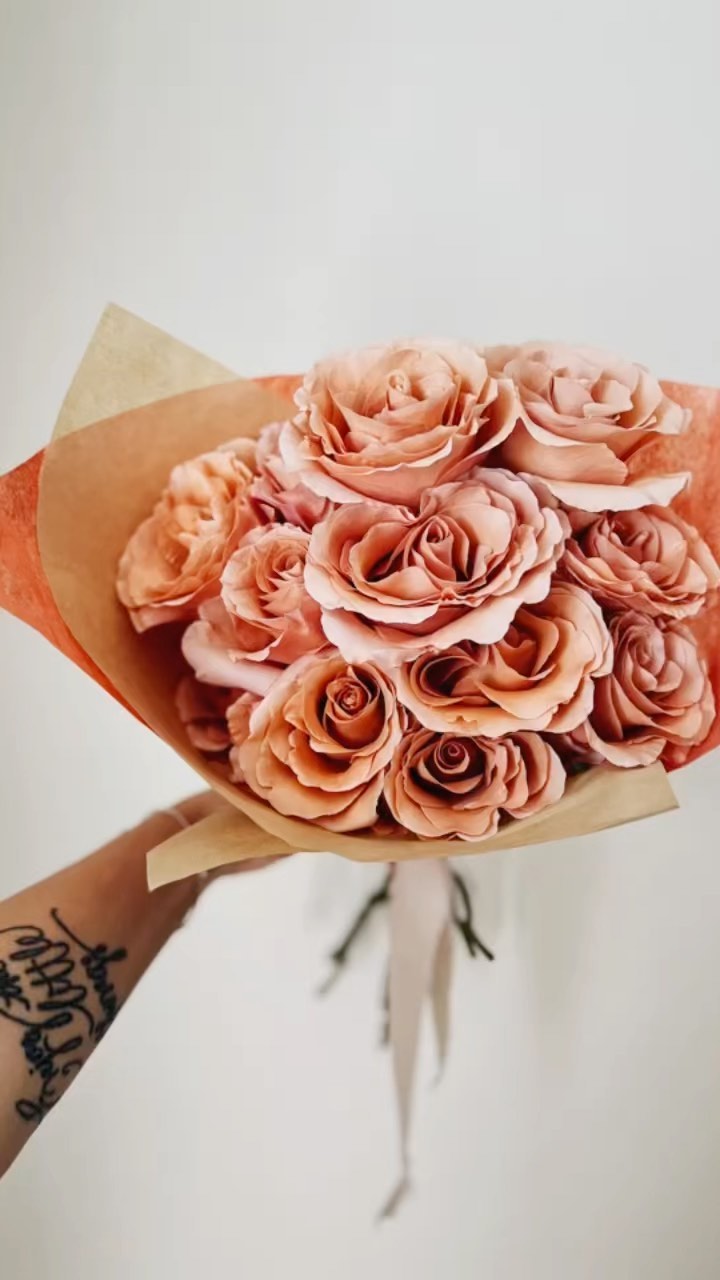
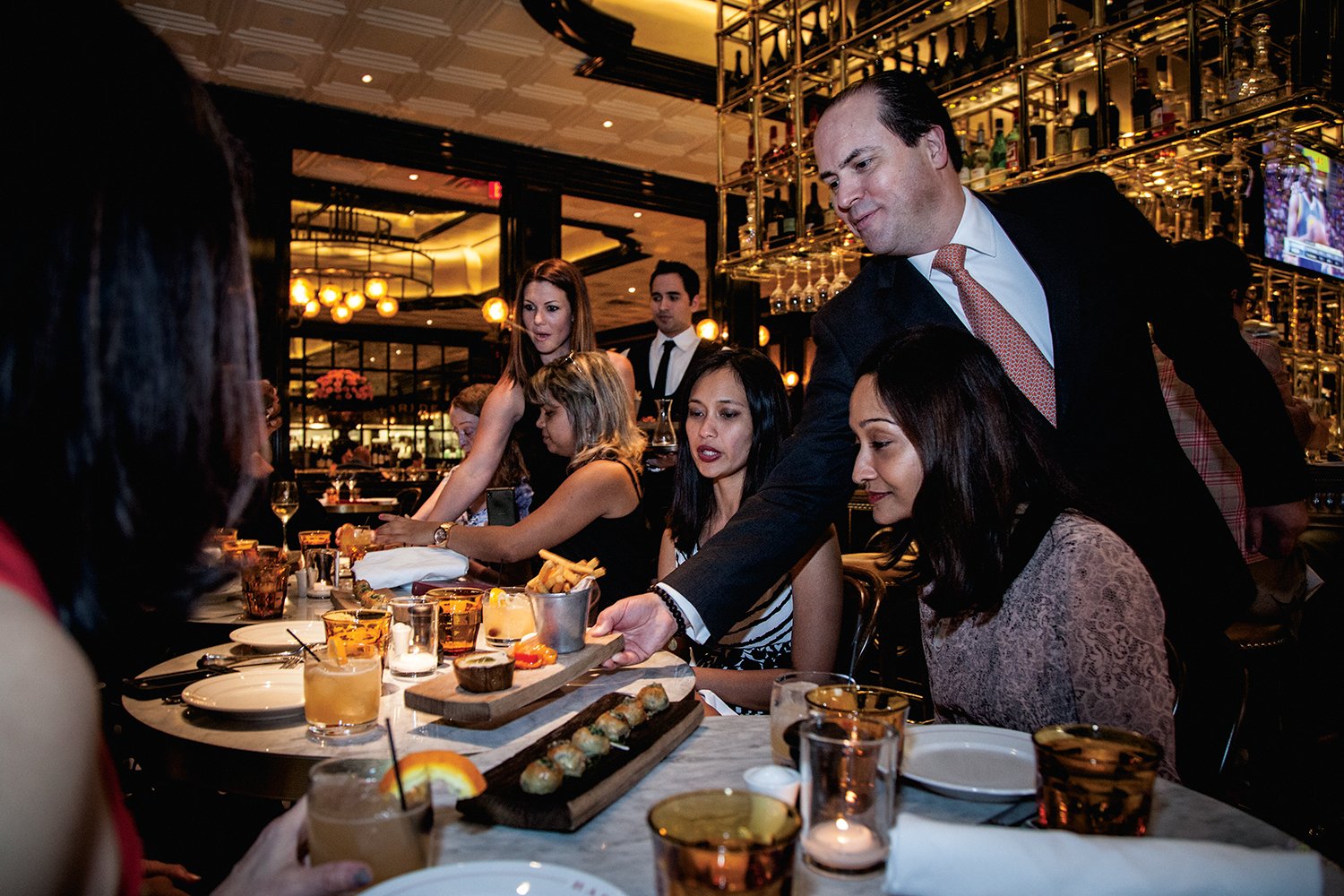
%20Where%20to%20Eat%20Near%20Willis%20Tower%20in%20Chicago.png)
